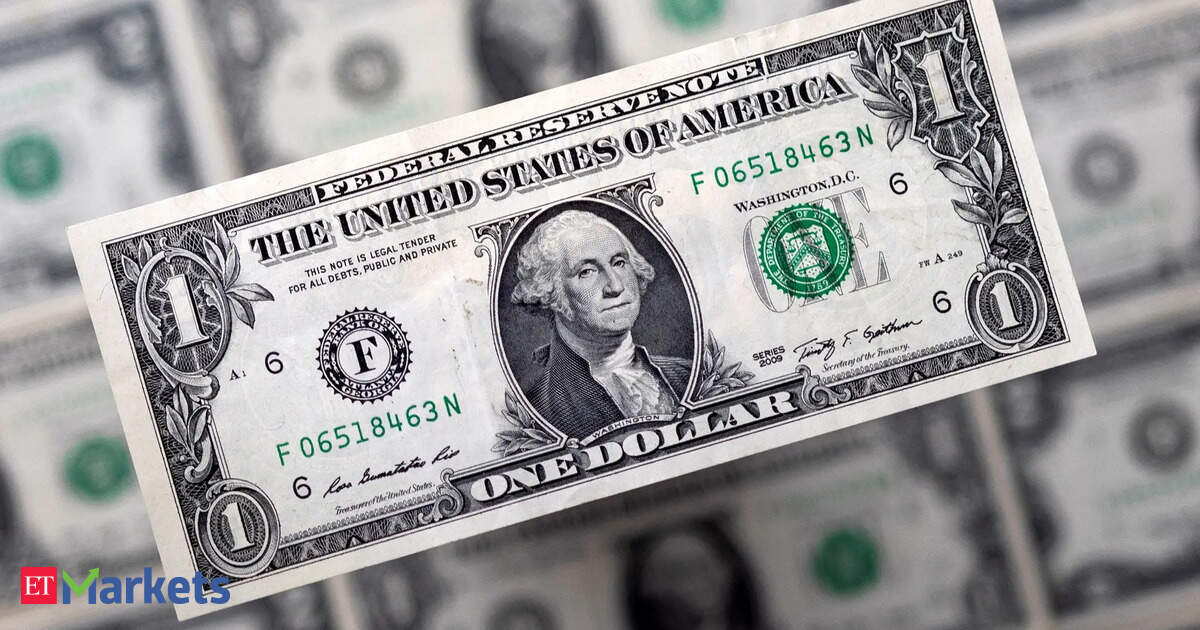Trump said on Tuesday he will decide on a nominee by the end of the week and had separately narrowed the possible replacements for Fed Chair Jerome Powell to a short list of four.
Data out the same day also showed the U.S. services sector activity unexpectedly flatlined in July even as input costs climbed by the most in nearly three years, underscoring the hit from Trump’s tariffs on the economy, which has also begun to bite corporate earnings.
Still, those did little to sway the dollar, as traders were hesitant to take on fresh positions ahead of news on who would fill the Fed board vacancy. Concerns are mounting that partisan loyalty would invade the staid world of central bank policy.
The dollar was last little changed at 147.54 yen, while the euro ticked up 0.02% to $1.5760. Sterling last bought $1.3304.
Moves in currencies overnight had been muted. “I still think that between now and the end of the week, if Trump is going to make an announcement about who he wants to fill the vacant board seat, depending on… how credible (the markets) view that candidate to be, I think that has the potential to prompt some reaction across everything,” said Ray Attrill, head of FX research at National Australia Bank (NAB). “For me, that’s…potentially the biggest swing factor for the next sort of 48 hours or so.”
While moves in the dollar have been more subdued this week, the currency has yet to recover from its steep losses on Friday, when it clocked its largest one-day percentage fall in nearly four months following an alarming jobs report.
Against a basket of currencies, the dollar was last at 98.76 , still some distance away from its peak of 100.25 hit on Friday before the nonfarm payrolls figures.
Traders continue to price in an over 90% chance of a Fed cut in September, with about 58 basis points worth of easing expected by the year-end.
But data such as Tuesday’s services ISM report underscore the fine line the Fed has to tread, as policymakers weigh rising price pressures from Trump’s tariffs against signs of a weakening U.S. economy.
“The services ISM has obviously got that kind of stagflationary whiff about it… that’s obviously a bit of a two-edged sword in terms of what does that mean for policy,” said NAB’s Attrill.
“At the moment, I think we’re sort of of the view that maybe there’s a bit too much confidence in the market about the certainty of a September move.”
In other currencies, the Australian dollar rose 0.15% to $0.6479, while the New Zealand dollar gained 0.23% to $0.5914.
New Zealand’s jobless rate rose slightly in the second quarter as the labour market remained soft, data on Wednesday showed, supporting the view that the central bank will proceed with a flagged 25 basis-point interest cut at its August policy meeting.








